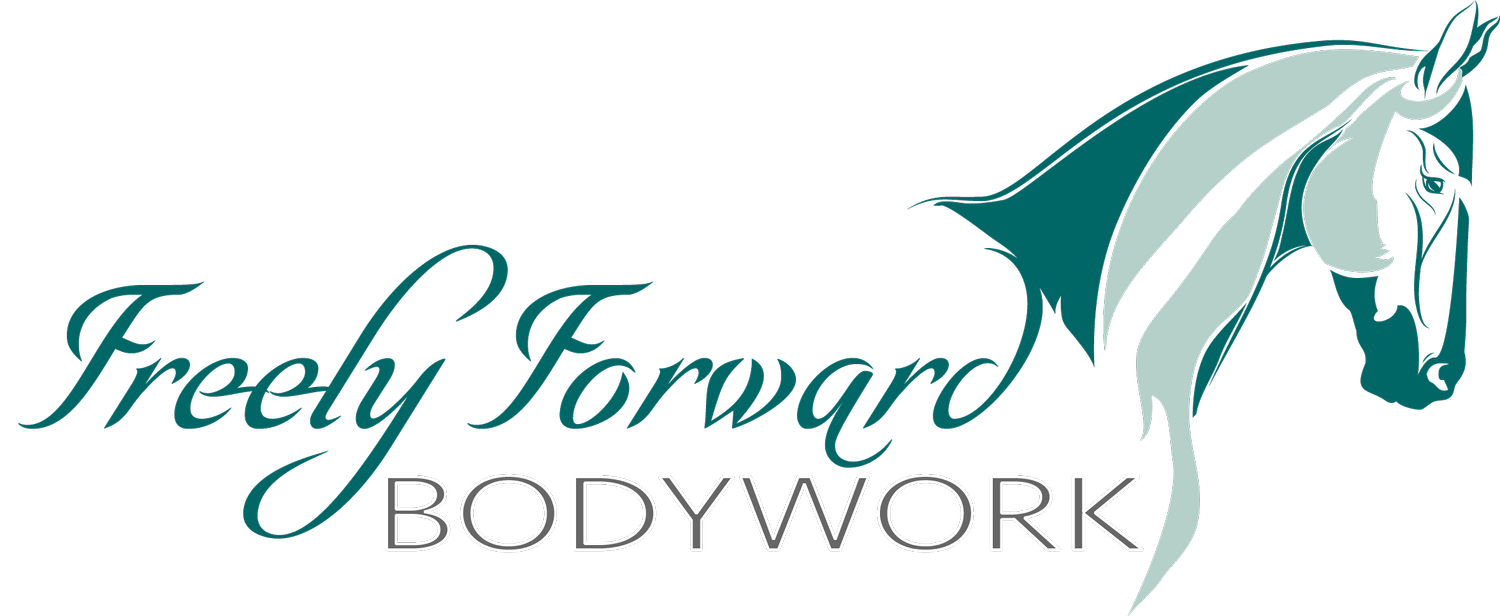The Most Overlooked Cause of Pain in Horses—And Why Your Vet Can’t See It on X-Rays
The Most Overlooked Cause of Pain in Horses—And Why Your Vet Can’t See It on X-Rays
You ever prepped raw chicken and noticed that thin, filmy white layer between the skin and muscle? That’s fascia—and your horse’s entire body is covered in it.
Fascia is the connective tissue that allows muscles to slide and move. When it’s hydrated and healthy, it’s slippery and elastic, letting your horse move fluidly. But when fascia gets dehydrated or damaged from injury, poor circulation, or even just chronic tension, it forms adhesions—sticky, stiff areas that restrict movement. These adhesions act like a chinese finger trap over the muscle, compressing nerves and causing pain, restricting blood and lymphatic flow, and inhibiting movement. Fascia acts like a sweater over the entire body, and adhesions are a proverbial pull in this sweater, quickly spreading beyond their initial site. This is why horses with a past injury often develop soreness elsewhere: a fascial adhesion in the hip can pull up the back, through the shoulder, then all the way into the jaw, and suddenly you’ve got a whole-body problem.
In my experience as an equine bodyworker, fascial adhesions are one of the most overlooked causes of body pain in horses. Again and again, I’ve had clients come to me with a horse with pain signs, who moves unevenly, but has a clean bill of health from the vet. Why? X Rays can’t detect fascia, or fascial adhesions. So, it’s up to bodyworkers and owners to take charge of their horse’s fascial health. By addressing fascial adhesions, I (and my students!) have helped horses go from grumpy, one sided, and tense to thriving in their job.
